Experimental Investigation of Pre-Flawed Rocks under Dynamic Loading: Insights from Fracturing Characteristics and Energy Evolution
Abstract
1. Introduction
2. Experimental Setup
2.1. Specimen Preparation
2.2. Experimental Apparatus and Techniques
2.3. Data Processing
2.4. Sieving Tests
3. Experimental Results
3.1. Dynamic Stress Equilibrium Check
3.2. Dynamic Deformation Characteristics
4. Progressive Cracking Behaviors
4.1. Dynamic Fracture Process of Cracked Rock in Impact Test
4.2. Final Failure Modes of Rocks with Different Fractures under Impact Loading
5. Energy Dissipation
5.1. Energy Utilization Efficiency and Energy Absorption Density
5.2. Rockburst Proneness of Pre-Crack Specimens
5.2.1. Rockburst Characteristics of Pre-Crack Specimens at Different Loading Rates
5.2.2. Quantitative Evaluation of Rockburst Proneness of the Pre-Crack Specimens under Loading Impact
5.2.3. Comprehensive Analysis of Rockburst Proneness of Pre-Crack Specimens
6. Discussion
7. Conclusions
- Loading rates can promote the cracking of the rock for a given fracture angle, and only tensile cracks appear when the loading rate is small. Shear cracks become more prominent at higher fracture angles as the loading rate increases, while tensile cracks become more prominent at lower fracture angles. The dominant cracking mechanism changes from tensile to hybrid tensile–shear cracking as the fracture angle increases from 0° to 90°.
- The three main failure types I-III are tensile failure, X-type shear failure, and tensile–shear mixed failure. The failure type of the specimen is Type I when the crack angle and loading rate are low. Increasing loading rates and crack angles mean the failure modes of other specimens belong to type II and III.
- The fractal dimension increases with the loading rate, while the average fragment size does the opposite. The fractal dimension decreases as the fracture angle increases, and the average fragment size first increases and then decreases. The increasing loading rate reduces the energy utilization efficiency while it promotes the energy dissipation density for a fixed crack angle. The energy dissipation density first decreases and then increases for a given loading rate, while the energy utilization efficiency first increases and then decreases with the increasing loading ratio. Additionally, all rock specimens feature positive absorbed energy values in the dynamic tests.
- A a strong ejection phenomenon occurs in the granite specimen under the action of a large loading rate, which means a large number of rock fragments and powders are ejected when it is broken. The rockburst tendency first decreases and then increases with the increasing fracture angle. The ME values of granite with different fracture angles under impact loading increase with the increasing loading rate, which indicates that the rockburst tendency of rock samples increases with the increasing loading rate.
- Based on accurate calculations of and for the granite specimens at different crack angles, AEF is employed to evaluate the rockburst proneness, and the results are in good agreement with the statistical results of ME. Strong linear relationships exist between ue and ut, ud, and ut during the shock compression process of granite, and the crack angle does not alter the linear energy storage and dissipation laws of granite.
Author Contributions
Funding
Institutional Review Board Statement
Informed Consent Statement
Data Availability Statement
Conflicts of Interest
References
- Xu, Y.; Dai, F.; Du, H. Experimental and numerical studies on compression-shear behaviors of brittle rocks subjected to combined static-dynamic loading. Int. J. Mech. Sci. 2020, 175, 105520. [Google Scholar] [CrossRef]
- Xia, K.W.; Yao, W. Dynamic rock tests using split Hopkinson (Kolsky) bar system-A review. J. Rock Mech. Geotech. 2015, 7, 27–59. [Google Scholar] [CrossRef]
- Du, H.B.; Dai, F.; Xu, Y.; Yan, Z.L.; Wei, M.D. Mechanical responses and failure mechanism of hydrostatically pressurized rocks under combined compression-shear impacting. Int. J. Mech. Sci. 2020, 165, 105219. [Google Scholar] [CrossRef]
- Braunagel, M.J.; Griffith, W.A. The effect of dynamic stress cycling on the compressive strength of rocks. Geophys. Res. Lett. 2019, 46, 79–86. [Google Scholar] [CrossRef]
- You, W.; Dai, F.; Liu, Y.; Yan, Z. Effect of Confining Pressure and Strain Rate on Mechanical Behaviors and Failure Characteristics of Sandstone Containing a Pre-existing Flaw. Rock Mech. Rock Eng. 2022, 55, 2091–2109. [Google Scholar] [CrossRef]
- Liu, Y.; Dai, F. A review of experimental and theoretical research on the deformation and failure behavior of rocks subjected to cyclic loading. J. Rock Mech. Geotech. 2021, 13, 1203–1230. [Google Scholar] [CrossRef]
- Liu, Y.; Dai, F. A damage constitutive model for intermittent jointed rocks under cyclic uniaxial compression. Int. J. Rock Mech. Min. 2018, 103, 289–301. [Google Scholar] [CrossRef]
- Huang, C.; Yang, W.; Duan, K.; Fang, L.; Wang, L.; Bo, C. Mechani-cal behaviors of the brittle rock-like specimens with multi-non-persistent joints under uniaxial compression. Constr Build Mater. 2019, 220, 426–443. [Google Scholar] [CrossRef]
- Li, X.F.; Li, H.B.; Zhang, Q.B.; Jiang, J.L.; Zhao, J. Dynamic fragmenta-tion of rock material: Characteristic size, fragment distribution and pulverization law. Eng Fract Mech. 2018, 199, 739–759. [Google Scholar] [CrossRef]
- Zou, C.; Wong, L.N.Y.; Loo, J.J.; Gan, B.S. Different mechanical and cracking behaviors of single-flawed brittle gypsum specimens under dynamic and quasi-static loadings. Eng. Geol. 2016, 201, 71–84. [Google Scholar] [CrossRef]
- Liu, Y.; Dai, F.; Pei, P. A wing-crack extension model for tensile response of saturated rocks under coupled static-dynamic load-ing. Int. J. Rock Mech. Min. 2021, 146, 1048922. [Google Scholar]
- Wong, L.N.Y.; Einstein, H.H. Crack coalescence in molded gyp-sum and carrara marble: Part 2—Microscopic observations and interpretation. Rock Mech. Rock Eng. 2009, 42, 513–545. [Google Scholar] [CrossRef]
- Wong, L.N.Y.; Einstein, H.H. Systematic evaluation of cracking behavior in specimens containing single flaws under uniaxial com-pression. Int. J. Rock Mech. Min. Sci. 2009, 46, 239–249. [Google Scholar] [CrossRef]
- Zhu, Q.Q.; Li, D.Y.; Han, Z.Y.; Li, X.B.; Zhou, Z.L. Mechanical prop-erties and fracture evolution of sandstone specimens containing different inclusions under uniaxial compression. Int. J. Rock Mech. Min. Sci. 2019, 115, 33–47. [Google Scholar] [CrossRef]
- Wu, Z.J.; Wong, L.N.Y.; Fan, L.F. Study of dynamic fracture problems in viscoelastic sedimentary rocks using the numerical manifold method. Rock Mech. Rock Eng. 2013, 46, 1415–1457. [Google Scholar] [CrossRef]
- Wong, R.H.C.; Chau, K.T. Crack coalescence in a rock-like material containing two cracks. Int. J. Rock Mech. Min. Sci. 1998, 35, 147–164. [Google Scholar] [CrossRef]
- Huang, Y.H.; Yang, S.Q.; Zhao, J. Three-dimensional numerical simulation on triaxial failure mechanical behavior of rock-like specimen containing two unparallel fissures. Rock Mech. Rock Eng. 2016, 49, 4711–4729. [Google Scholar] [CrossRef]
- Bing, D.; Xinyao, L.U.; Qiwei, S.H.; Ying, C.H.; Yong, L.I. Analysis on damage characteristics and energy dissipation of rock with a single hole under cyclic impact loads. China Saf. Sci. J. 2020, 30, 69–77. [Google Scholar]
- Dai, B.; Chen, Y. A novel approach for predicting theheight of the water-flow fracture zone in undersea safety min-ing. Remote Sens. 2020, 12, 358. [Google Scholar] [CrossRef]
- Dai, B.; Chen, Y.; Zhao, G.; Liang, W.; Wu, H. A numer-ical study on the crack development behavior of rock-like material containing two intersecting flaws. Mathematics 2019, 7, 1223. [Google Scholar] [CrossRef]
- Zhang, L.; Zhang, Z.; Chen, Y.; Dai, B.; Wang, B. Crack development and damage patterns under combined dynamic-static loading of parallel double fractured rocks based on DIC technique. Acta Geotech. 2022, 17, 3099–3115. [Google Scholar] [CrossRef]
- Dai, B.; Shan, Q.; Chen, Y.; Luo, X. Mechanical and Energy Dissipation Characteristics of Granite under Cyclic Impact Loading. J. Cent. South Univ. 2022, 29, 116–128. [Google Scholar] [CrossRef]
- Bobet, A.; Einstein, H.H. Fracture coalescence in rock-type materi-als under uniaxial and biaxial compression. Int. J. Rock Mech. Min. 2020, 35, 863–888. [Google Scholar] [CrossRef]
- Li, Y.P.; Chen, L.Z.; Wang, Y.H. Experimental research on pre-cracked marble under compression. Int. J. Solids Struct. 2005, 42, 2505–2516. [Google Scholar] [CrossRef]
- Li, D.Y.; Xiao, P.; Han, Z.Y.; Zhu, Q.Q. Mechanical and failure proper-ties of rocks with a cavity under coupled static and dynamic loads. Eng Fract Mech. 2020, 225, 106195. [Google Scholar] [CrossRef]
- Yang, S.Q.; Jing, H.W. Strength failure and crack coalescence behavior of brittle sandstone samples containing a single fissure under uniaxial compression. Int. J. Fract. 2011, 168, 227–250. [Google Scholar] [CrossRef]
- Yang, S.Q.; Liu, X.R.; Jing, H.W. Experimental investigation on fracture coalescence behavior of red sandstone containing two unparallel fissures under uniaxial compression. Int. J. Rock Mech. Min. 2013, 63, 82–92. [Google Scholar] [CrossRef]
- Li, X.B.; Zhou, T.; Li, D.Y. Dynamic strength and fracturing behav-ior of single-flawed prismatic marble specimens under impact loading with a split-Hopkinson pressure bar. Rock Mech. Rock Eng. 2017, 50, 29–44. [Google Scholar] [CrossRef]
- Yan, Z.; Dai, F.; Zhu, J.; Xu, Y. Dynamic cracking behaviors and energy evolution of multi-flawed rocks under static pre-compression. Rock Mech. Rock Eng. 2021, 54, 5117–5139. [Google Scholar] [CrossRef]
- Zou, C.; Wong, L.N.Y. Experimental studies on cracking processes and failure in marble under dynamic loading. Eng. Geol. 2014, 173, 19–31. [Google Scholar] [CrossRef]
- Zhang, Q.B.; Zhao, J. A review of dynamic experimental tech-niques and mechanical behaviour of rock materials. Rock Mech. Rock Eng. 2014, 47, 1411–1478. [Google Scholar] [CrossRef]
- Yan, Z.; Dai, F.; Liu, Y.; Du, H. Experimental investigations ofthe dynamic mechanical properties and fracturing behavior of cracked rocks under dynamic loading. Eng. Geol. Environ. 2020, 18, 209–224. [Google Scholar]
- Fan, L.F.; Yi, X.W.; Ma, G.W. Numerical manifold method (NMM) simulation of stress wave propagation through fractured rock mass. Int. J. Appl. Mech. 2013, 5, 249–268. [Google Scholar] [CrossRef]
- Wu, W.; Li, H.; Zhao, J. Dynamic responses of non-welded andwelded rock fractures and implications for p-wave attenuation in a rock mass. Int. J. Rock Mech. Min. 2015, 77, 174–181. [Google Scholar] [CrossRef]
- Li, D.; Cheng, T.; Zhou, T.; Li, X. Experimental study of the dynamic strength and fracturing characteristics of marble speci-mens with a single hole under impact loading. Chin. J. Rock Mech. Eng. 2015, 34, 249–260. (In Chinese) [Google Scholar]
- Zhou, L.; Zhu, Z.; Wang, M.; Ying, P.; Dong, Y. Dynamic propaga-tion behavior of cracks emanating from tunnel edges under impact loads. Soil Dyn. Earthq. Eng. 2018, 105, 119–126. [Google Scholar] [CrossRef]
- Zhang, Q.B.; Zhao, J. Determination of mechanical properties and full-field strain measurements of rock material under dynamic loads. Int. J. Rock Mech. Min. Sci. 2013, 60, 423–439. [Google Scholar] [CrossRef]
- Li, X.B. Rock Dynamics Fundamentals and Applications; Science Press: Beijing, China, 2014; pp. 18–38. [Google Scholar]
- Zhou, Z.; Cai, X.; Li, X.; Cao, W.; Du, X. Dynamic response and energy evolution of sandstone under coupled static–dynamic com-pression: Insights from experimental study into deep rock engineer-ing applications. Rock Mech. Rock Eng. 2020, 53, 1305–1331. [Google Scholar] [CrossRef]
- Gong, F.Q.; Wang, Y.L.; Luo, S. Rockburst proneness criteria for rock materials:review and new insights. J. Cent. South Univ. 2020, 27, 2793–2821. [Google Scholar] [CrossRef]
- Gong, F.Q.; Yan, J.Y.; Li, X.B. A new criterion of rock burst proneness based onthe linear energy storage law and the residual elastic energy index. Chin. J. Rock Mech. Eng. 2018, 37, 1993–2014. (In Chinese) [Google Scholar]
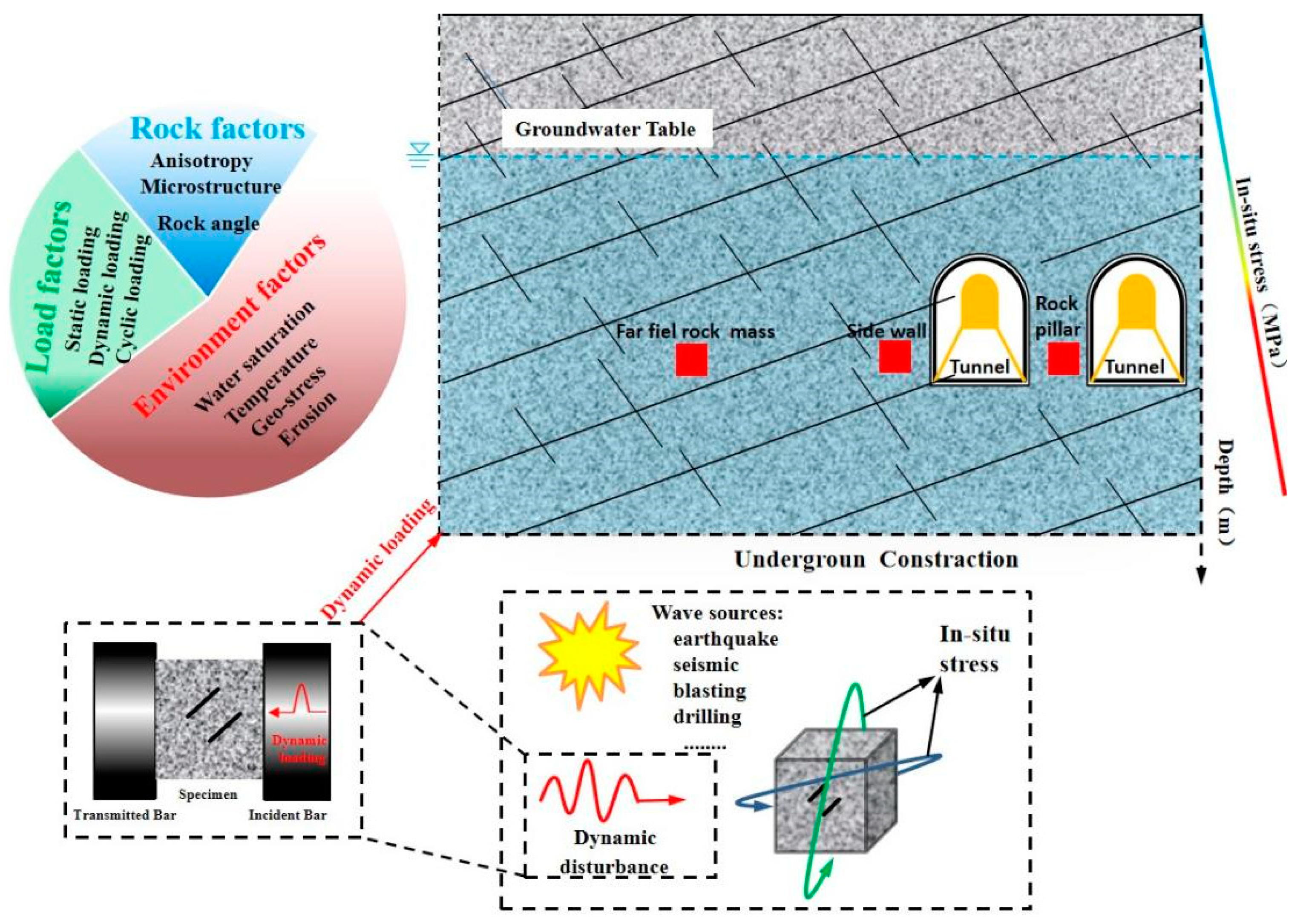
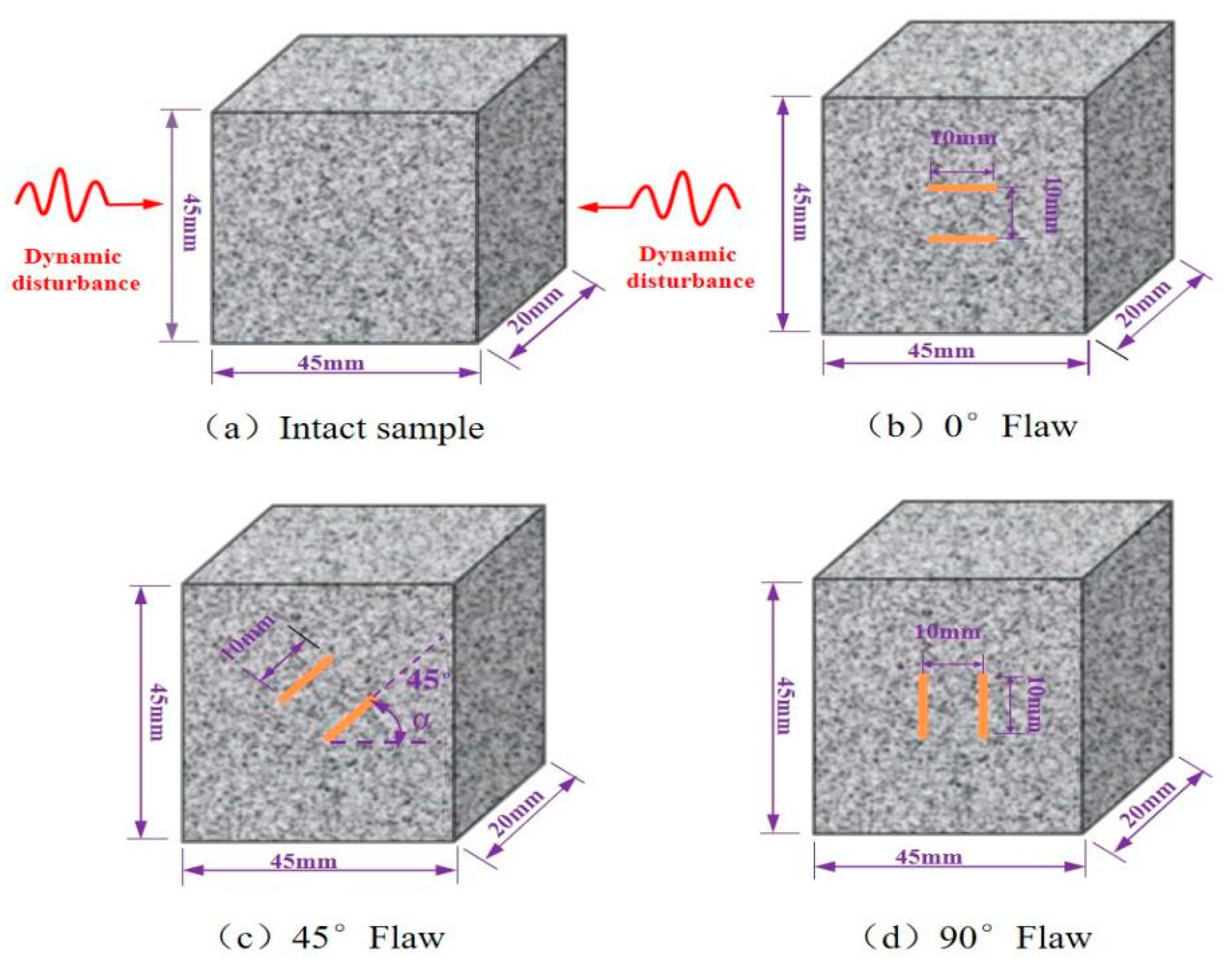
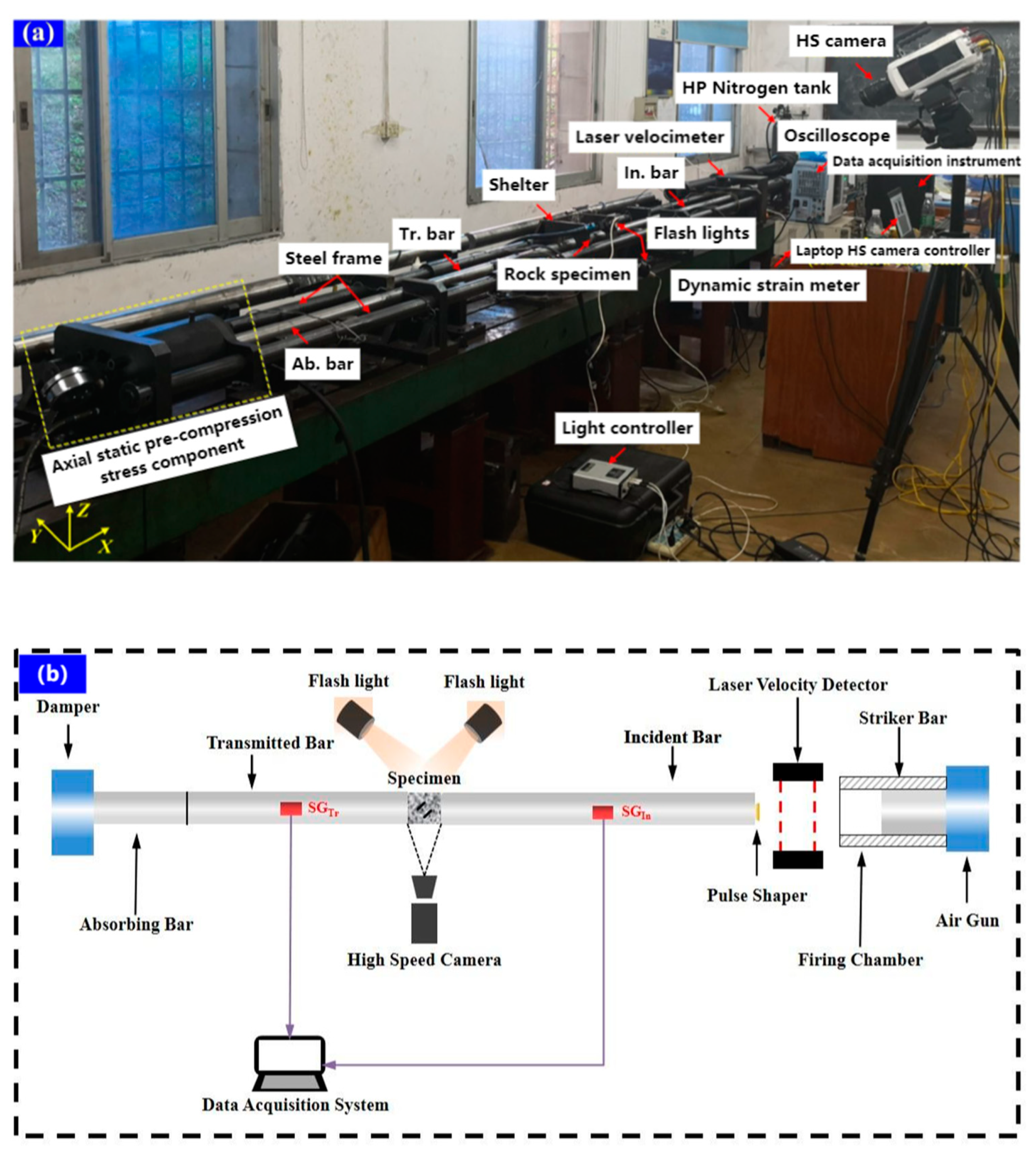
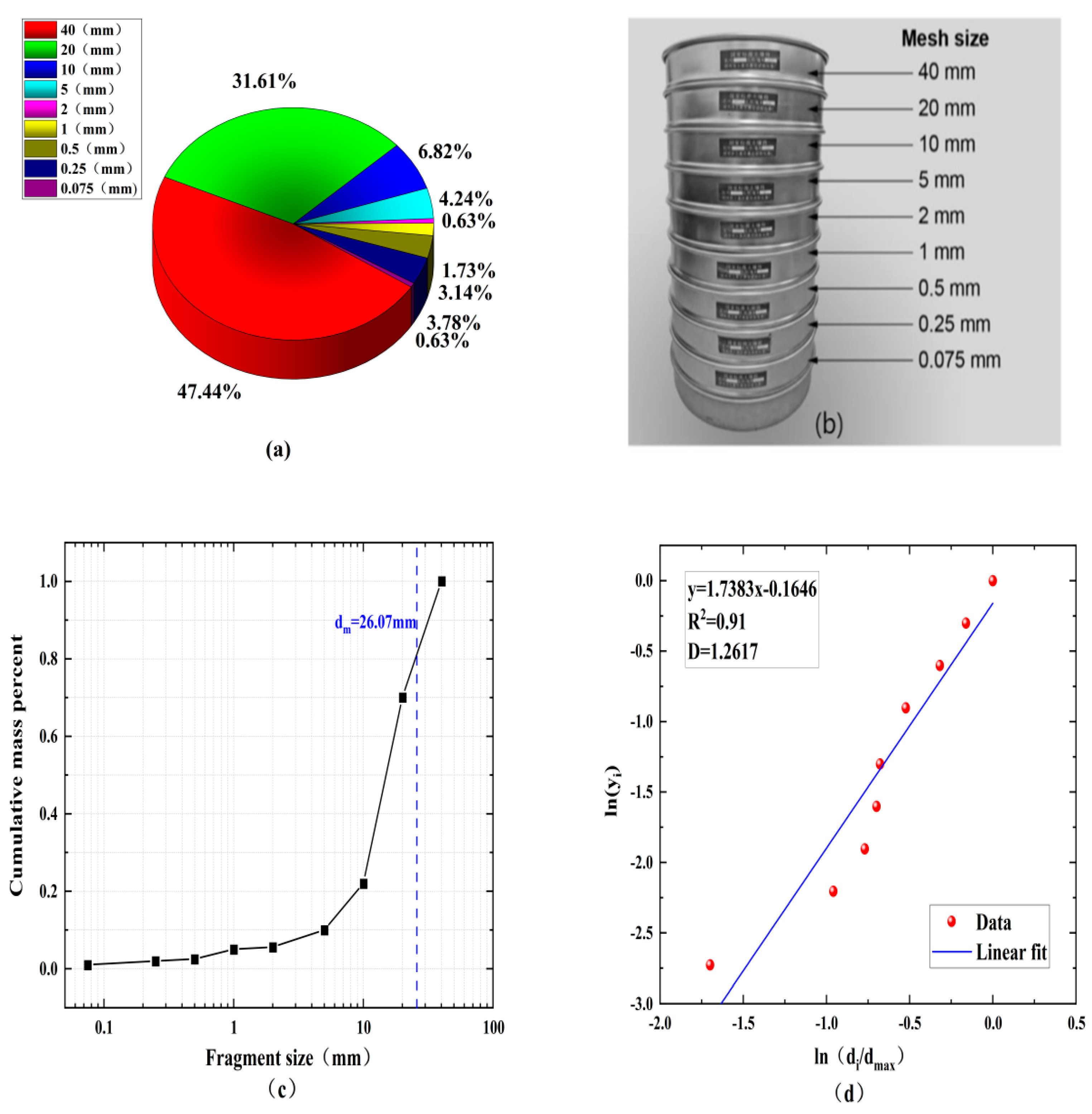
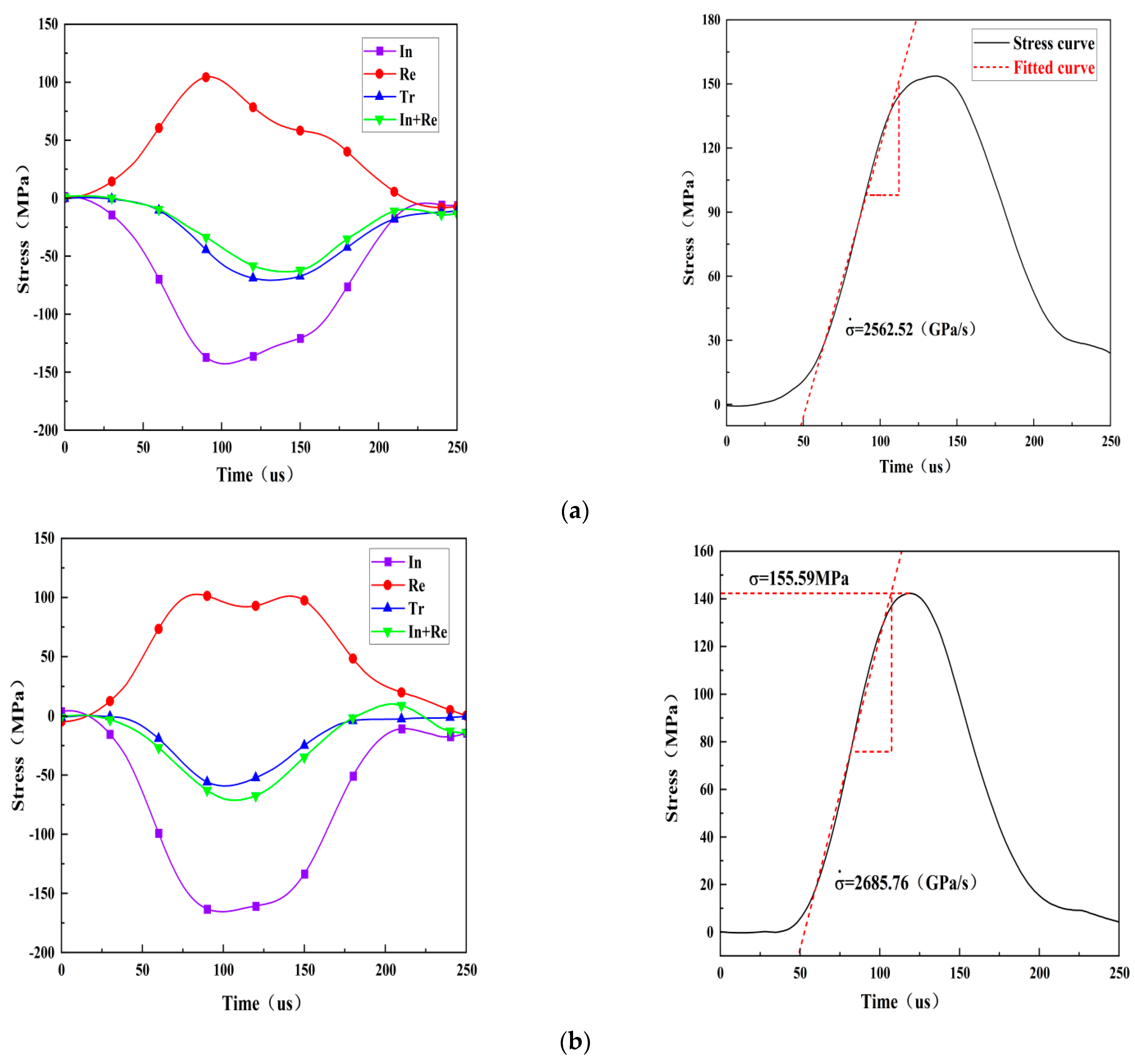

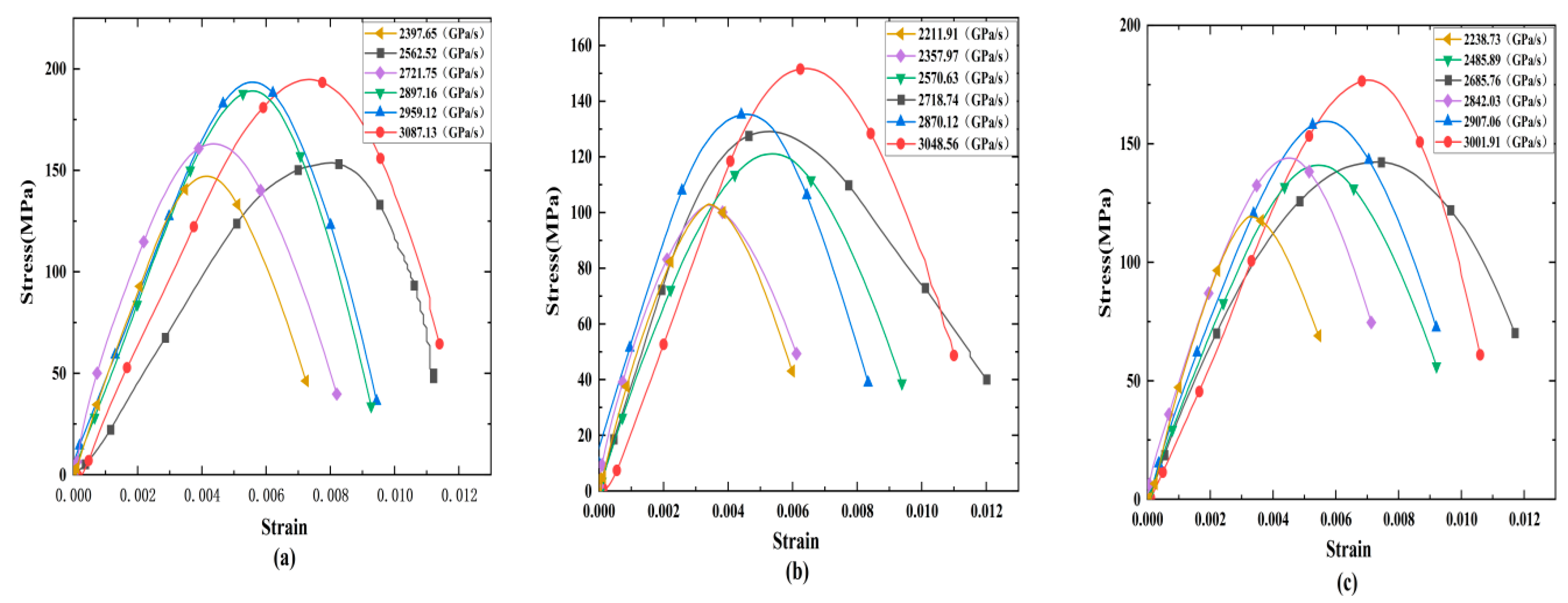
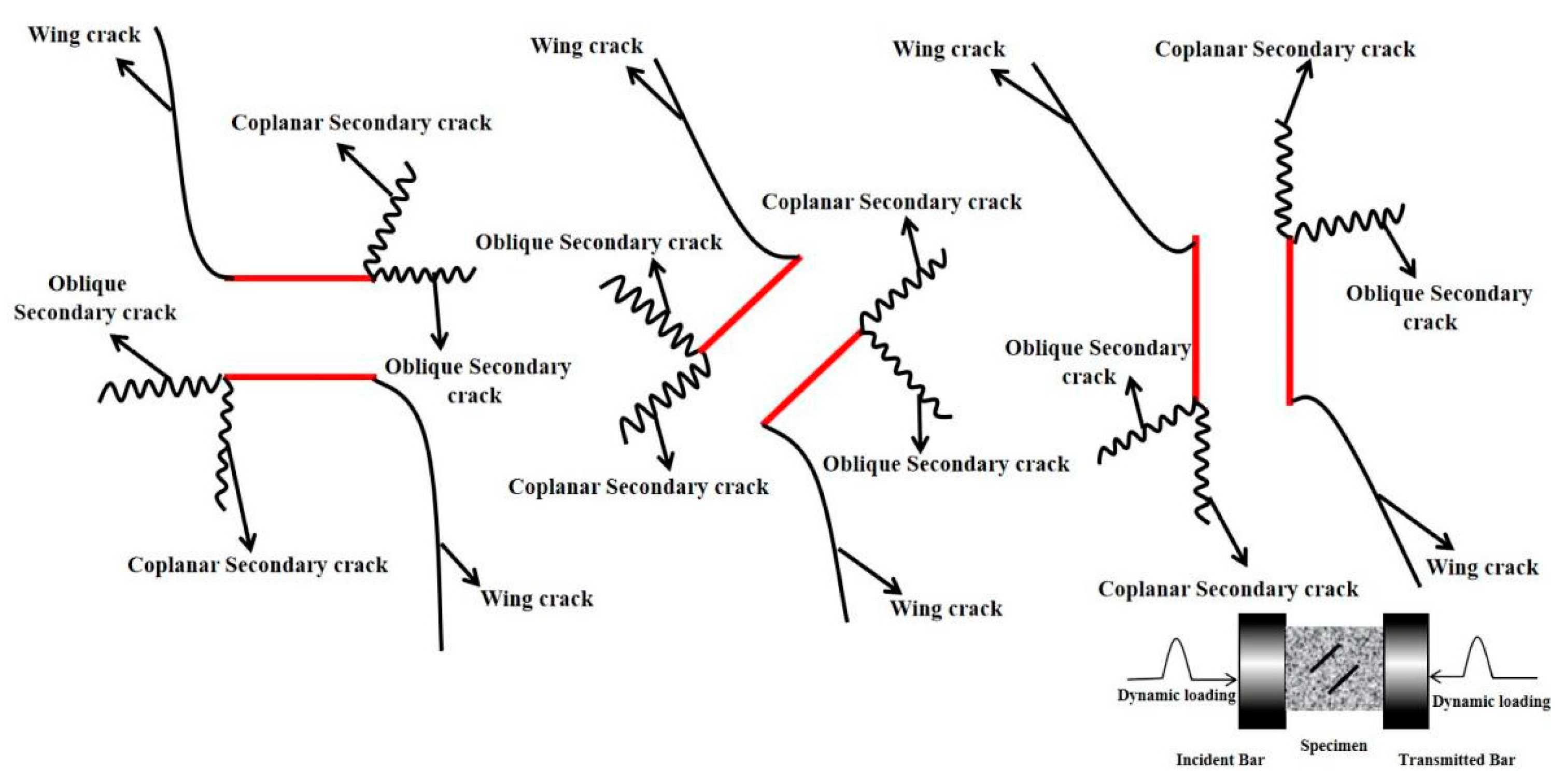
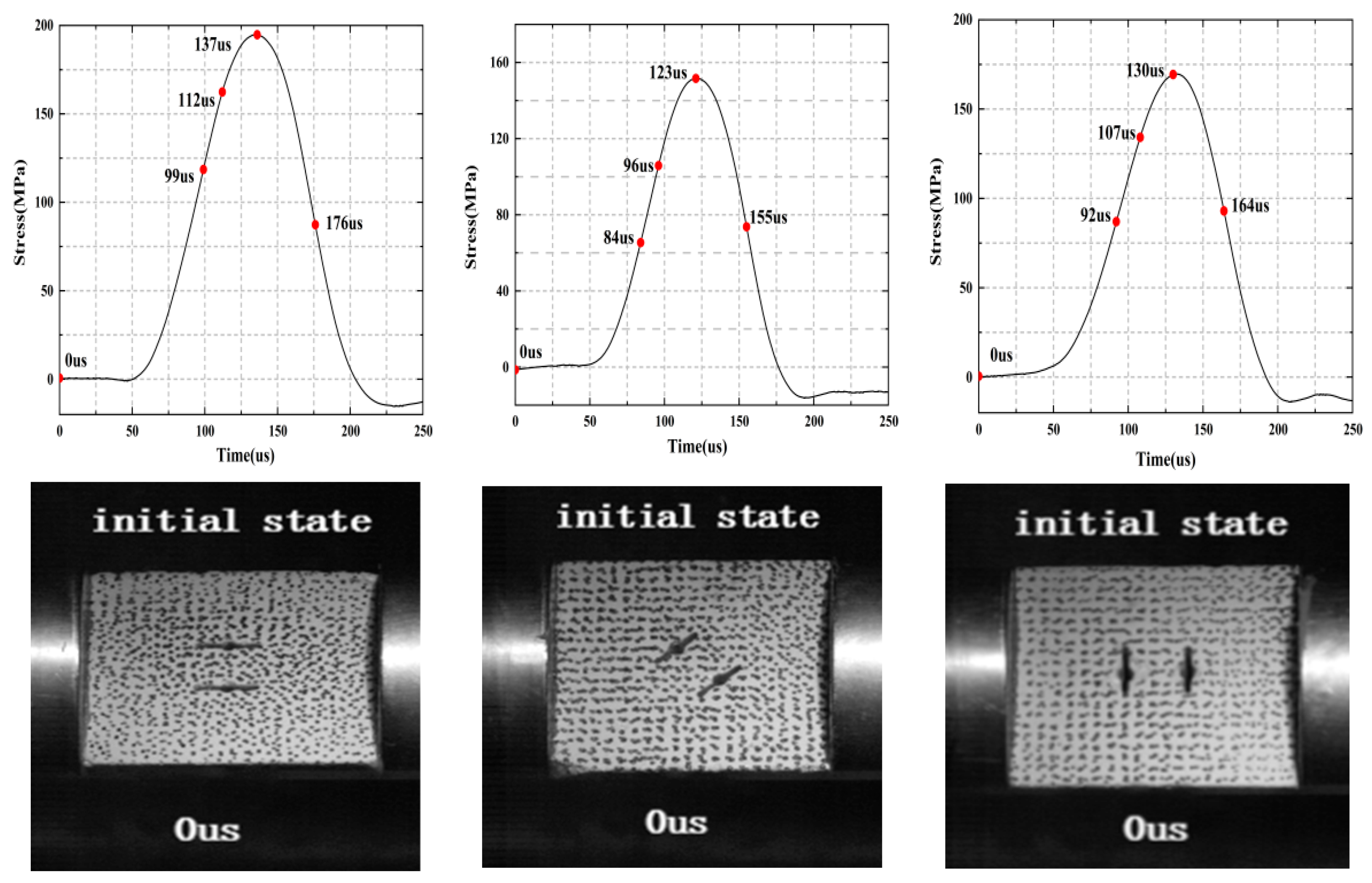
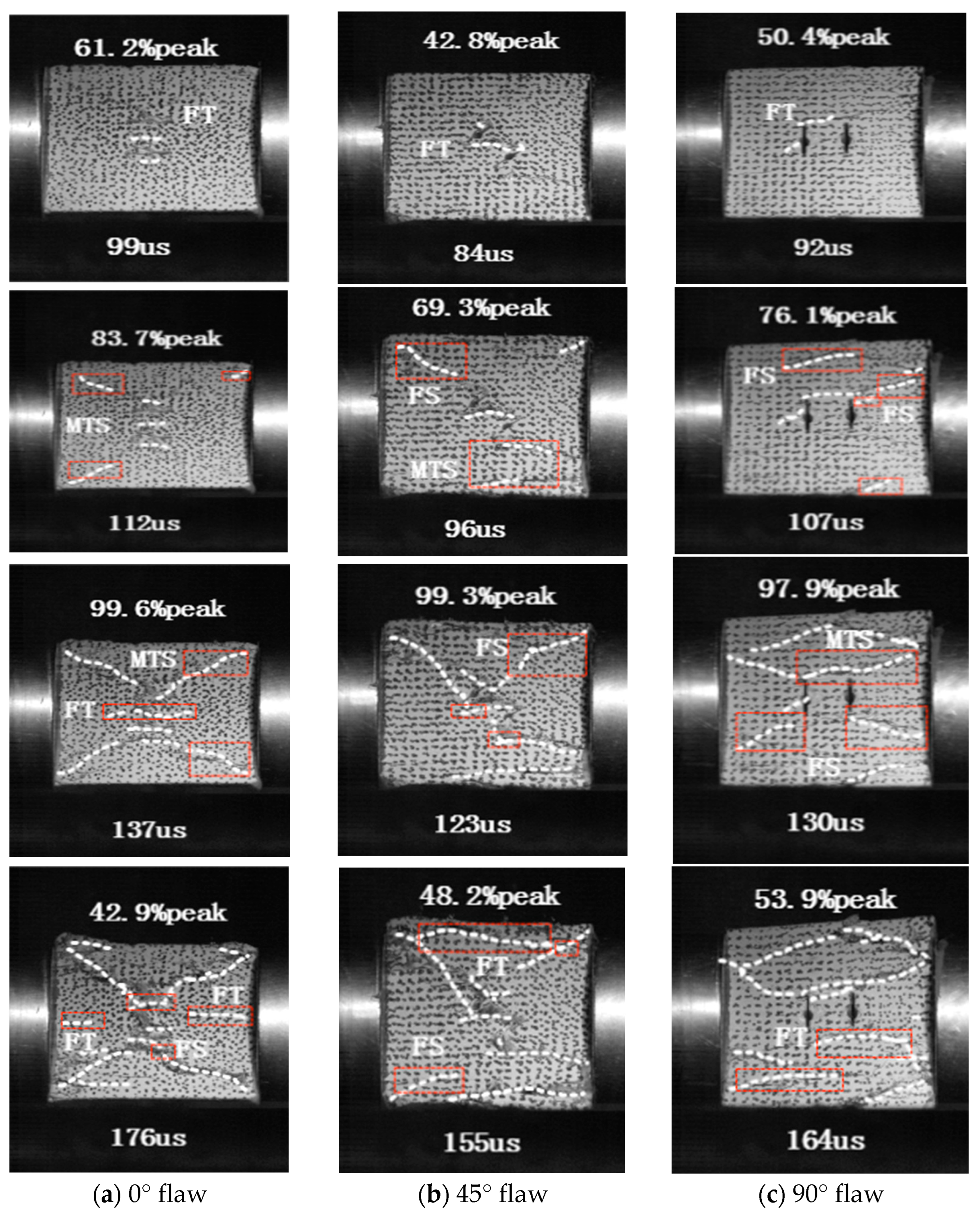
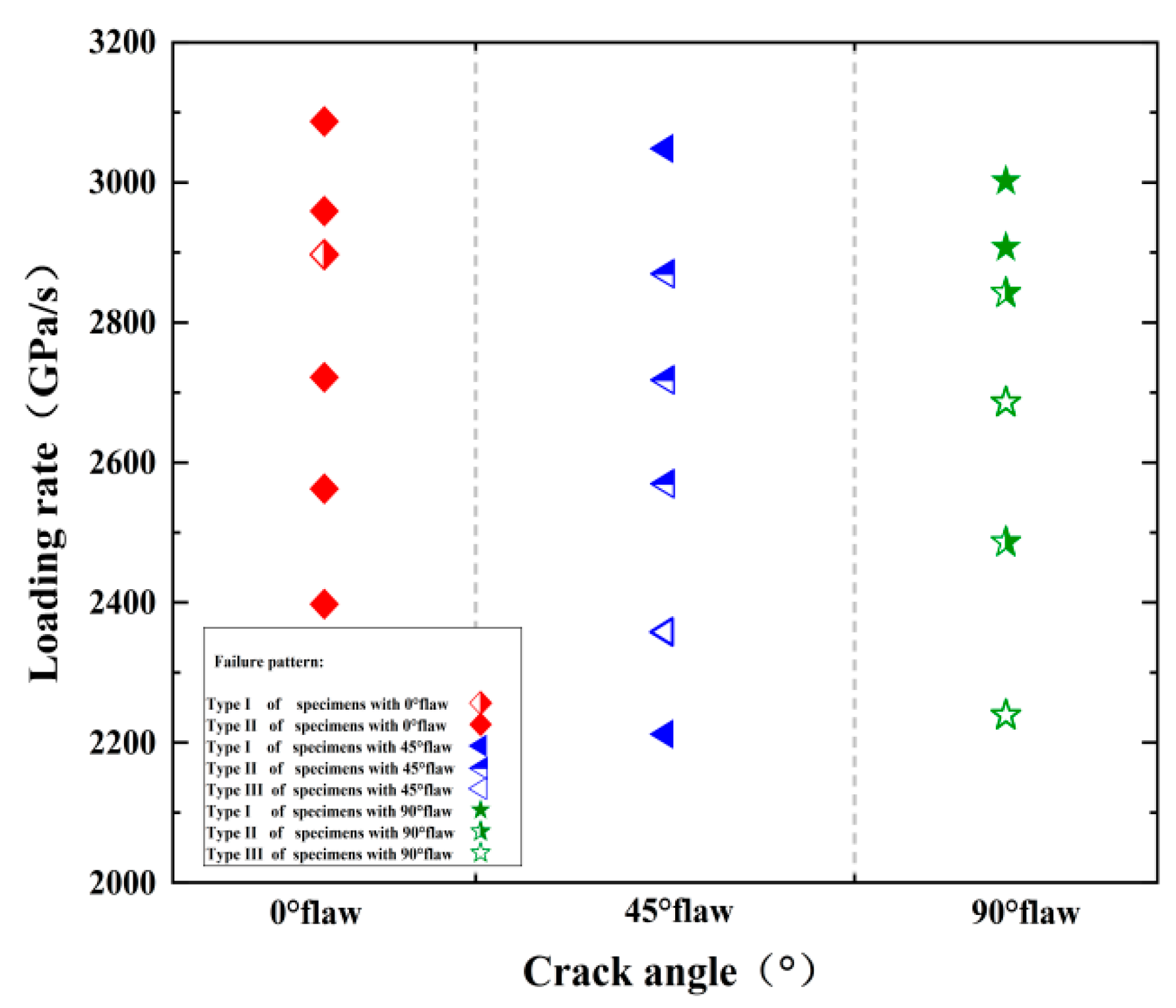

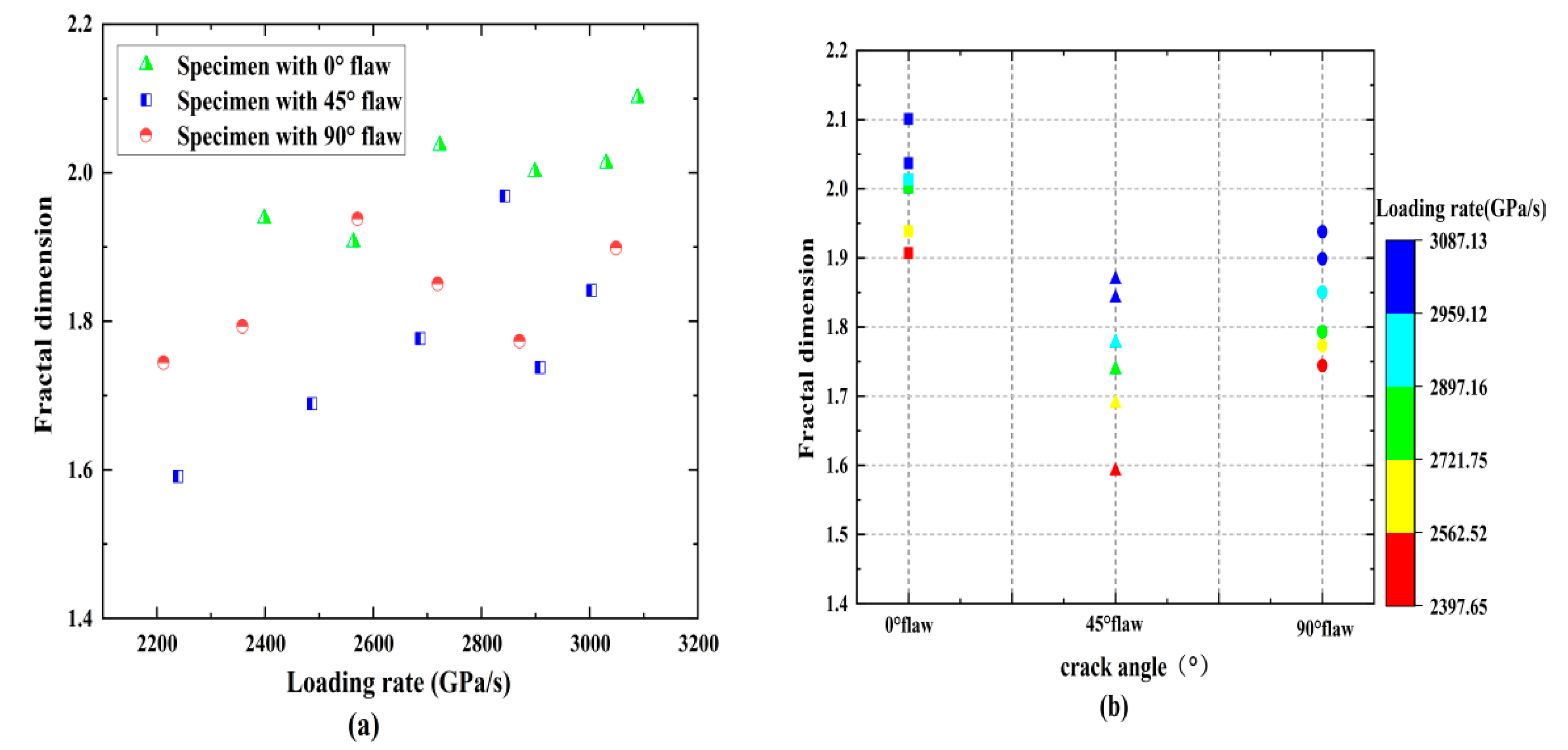
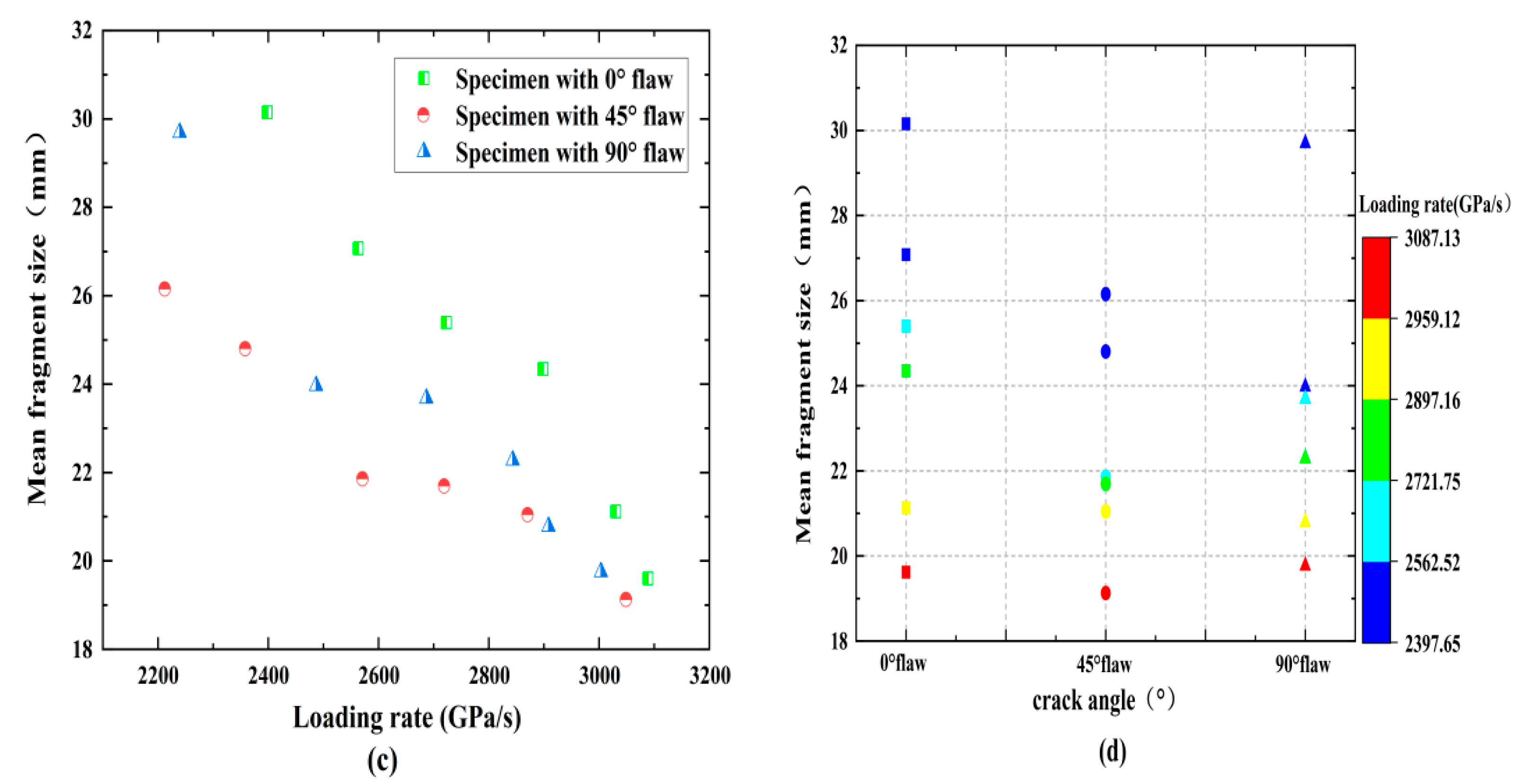

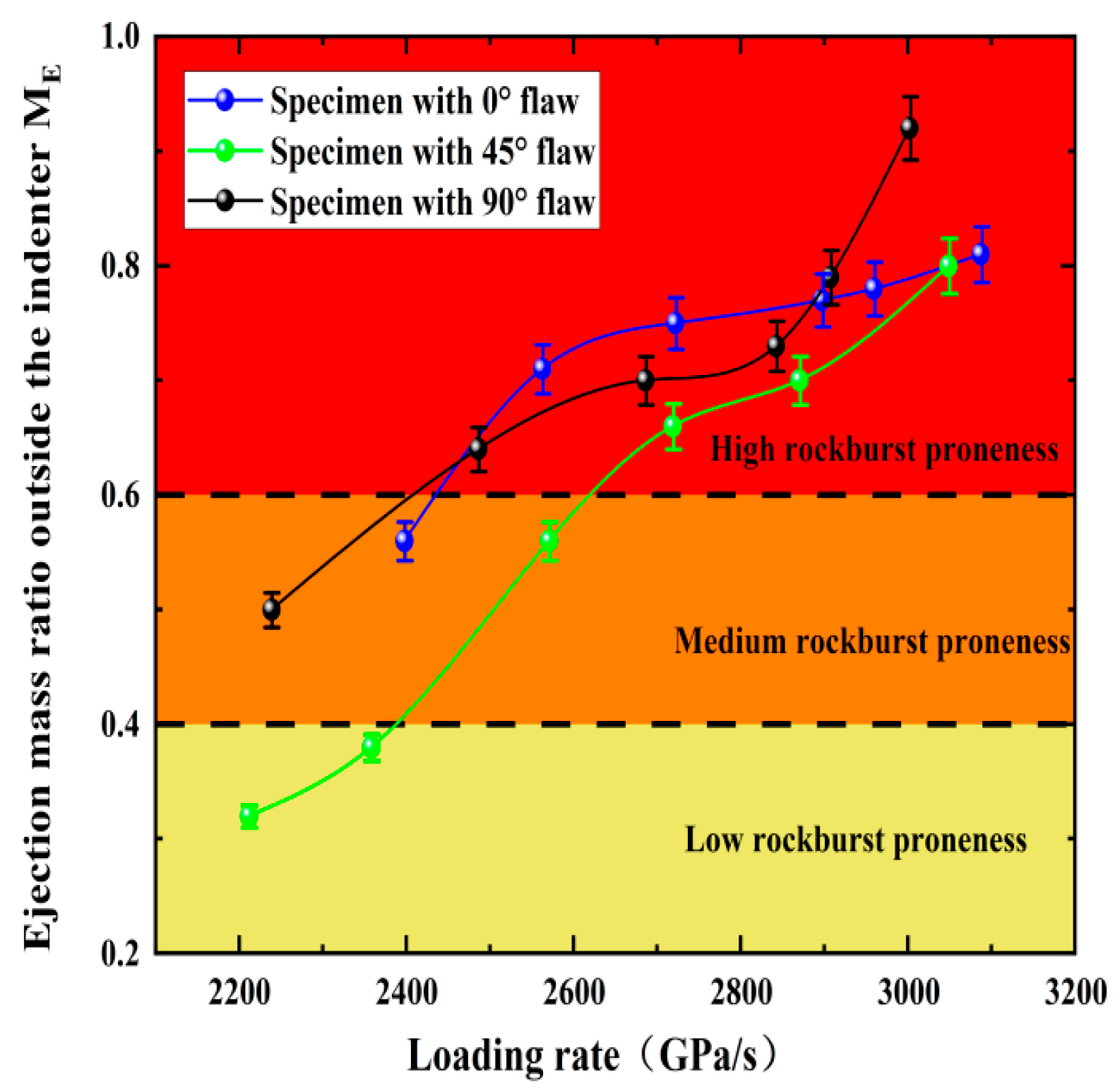
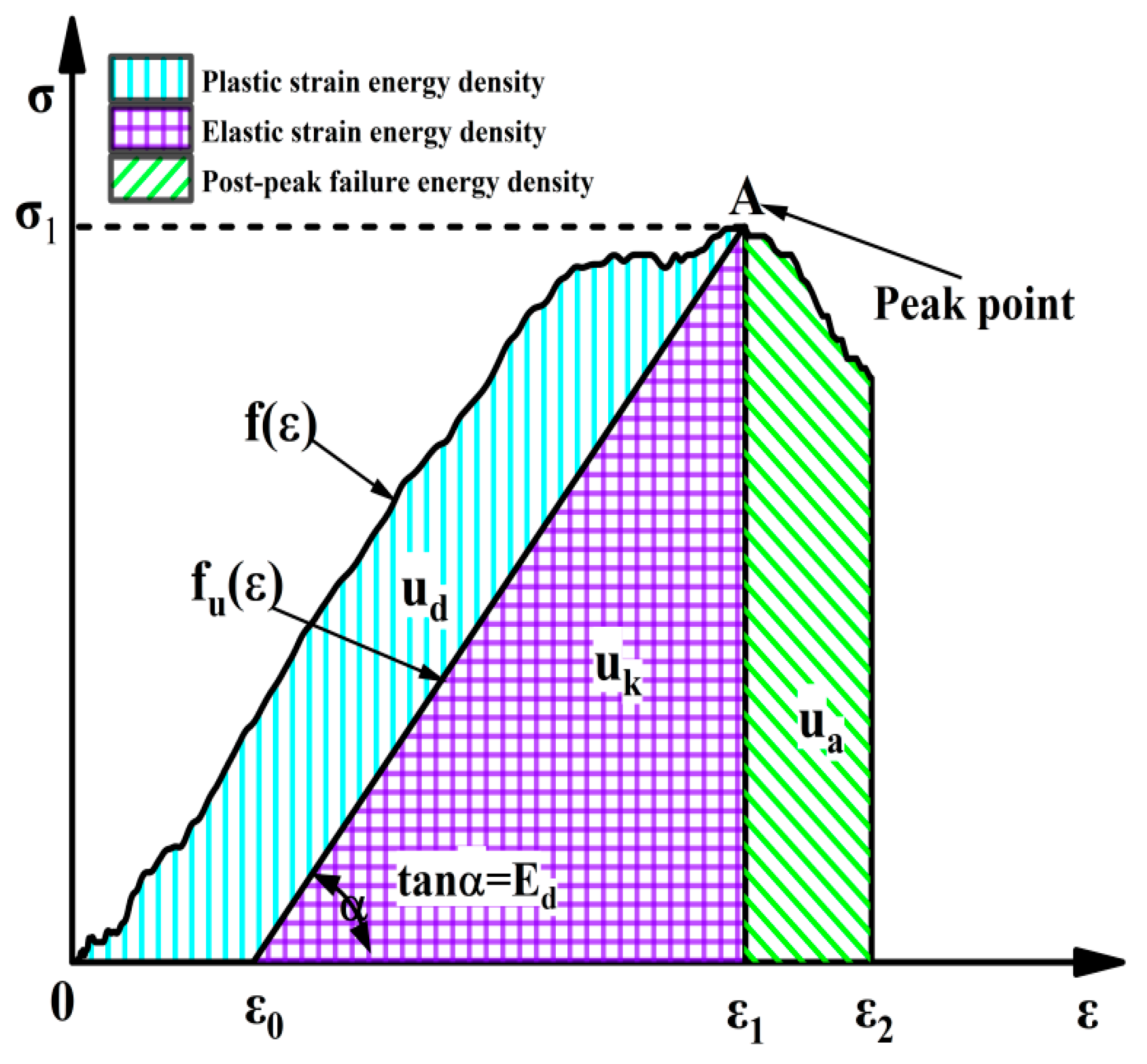
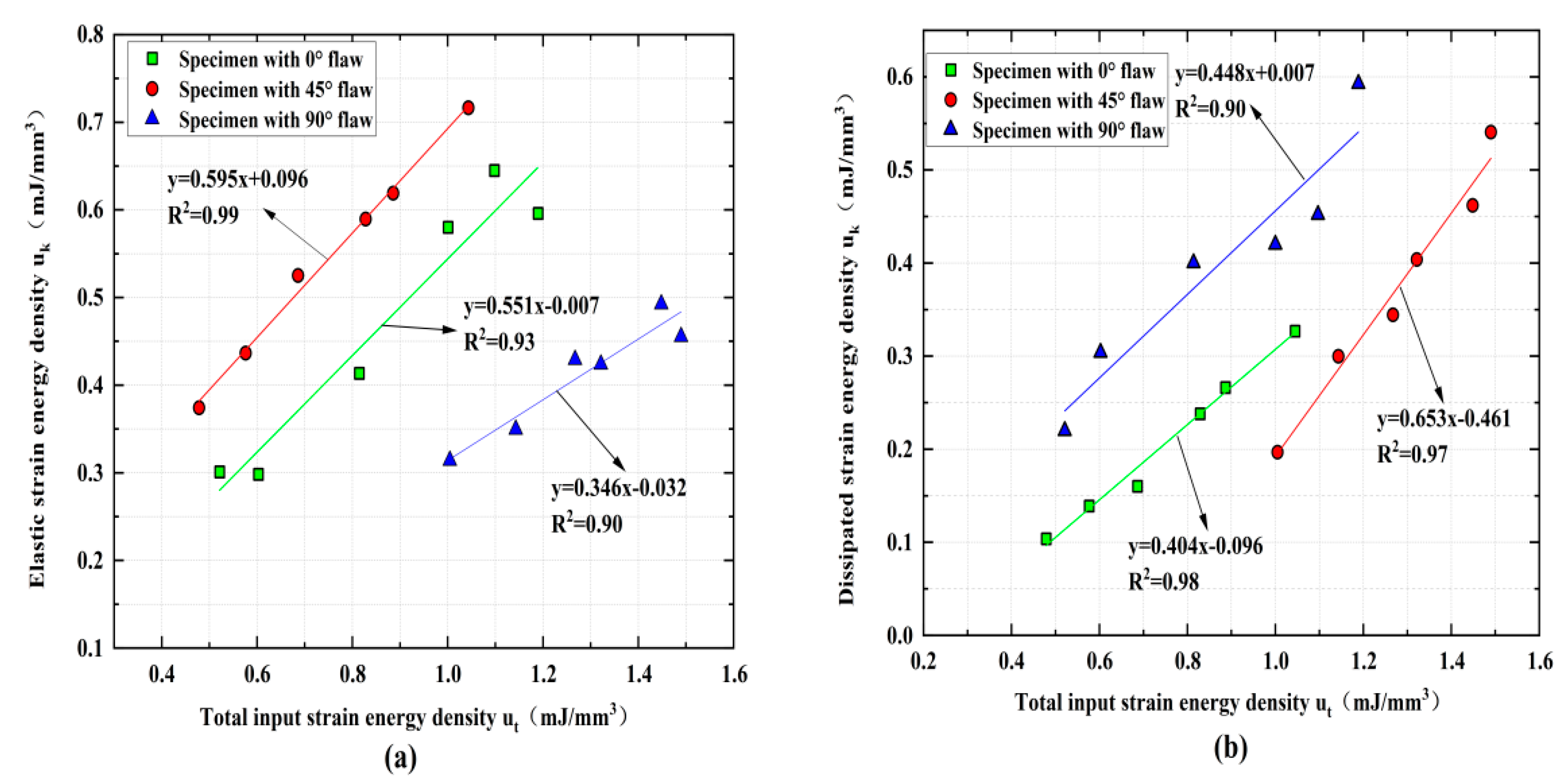

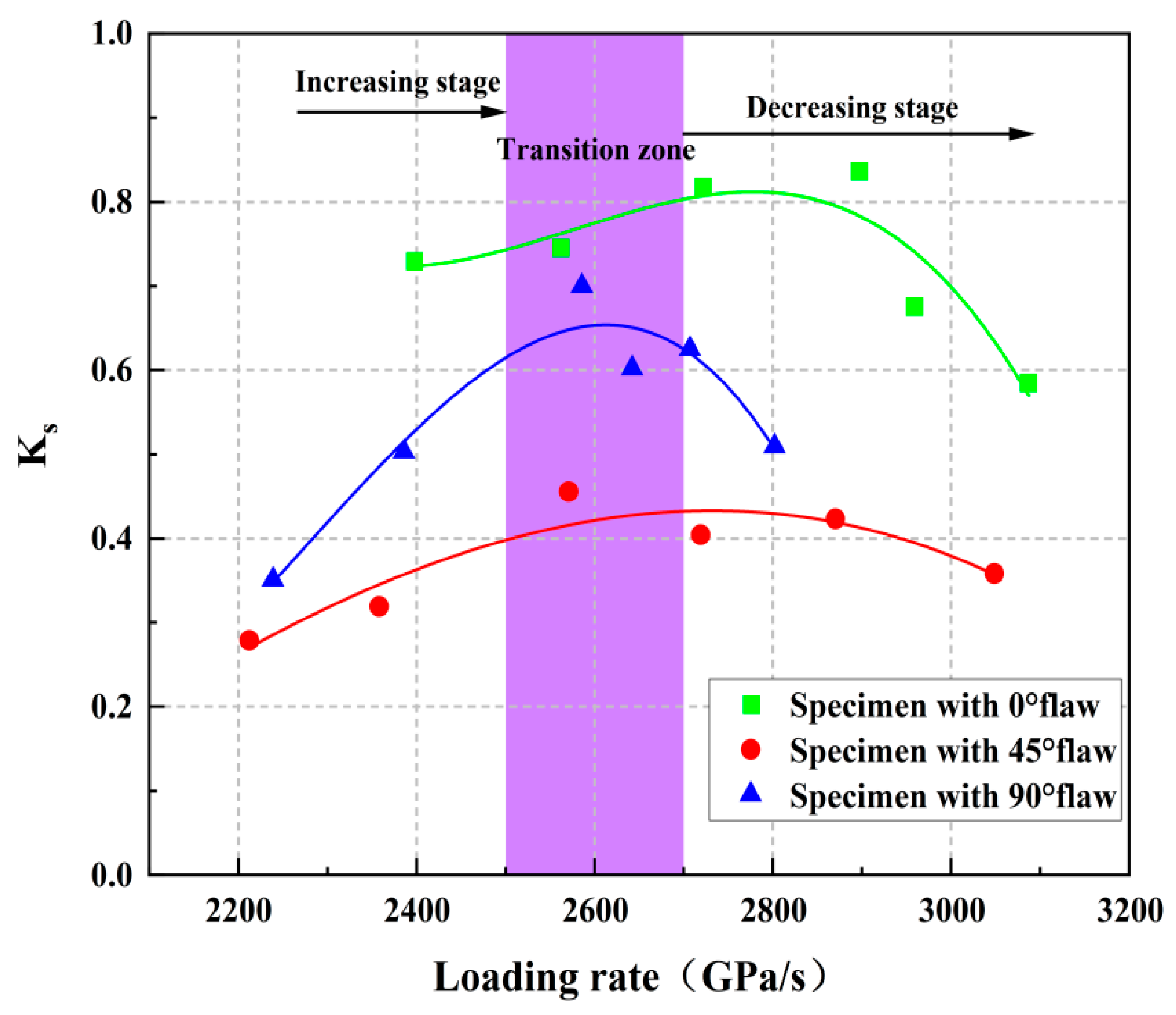
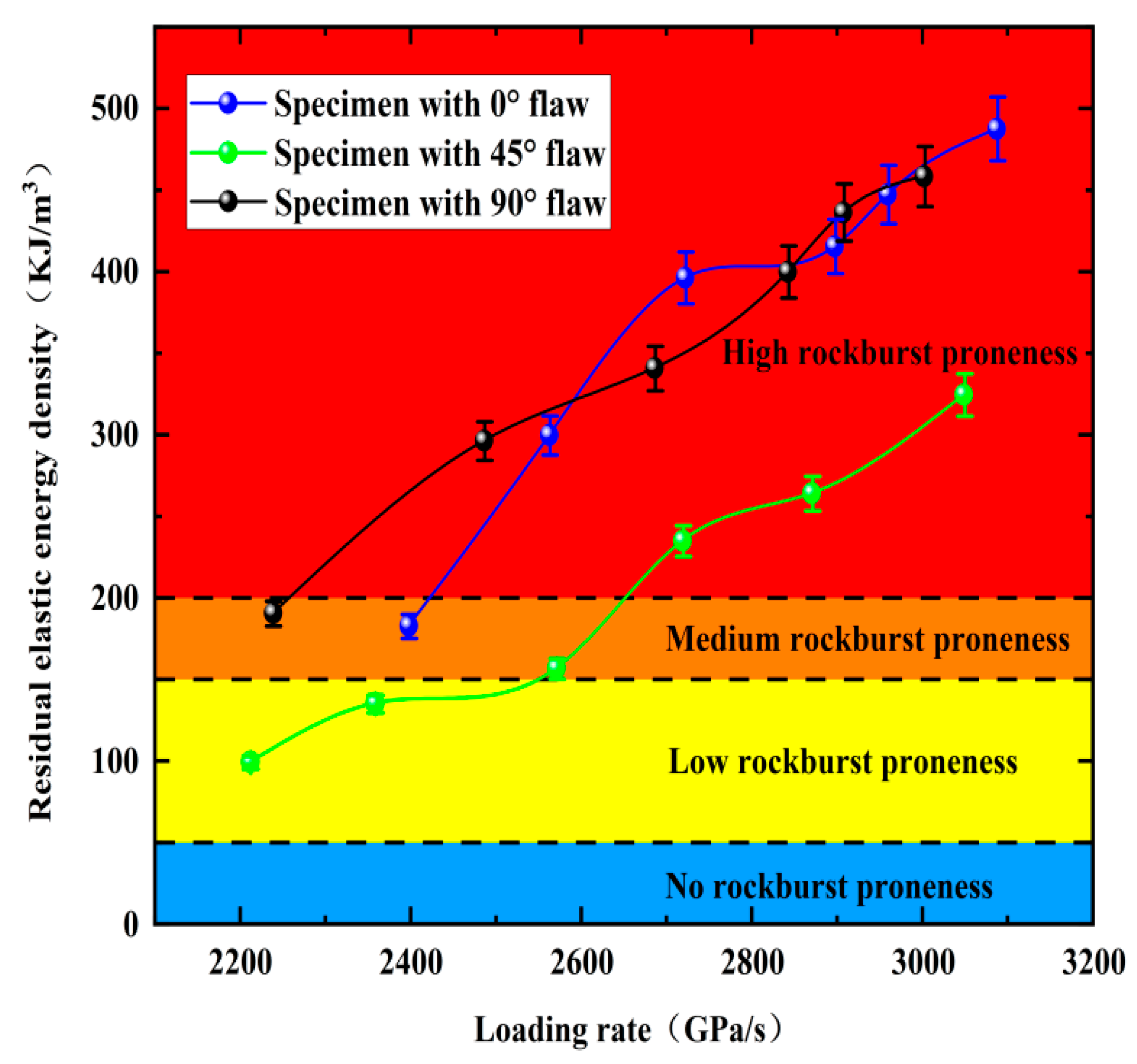
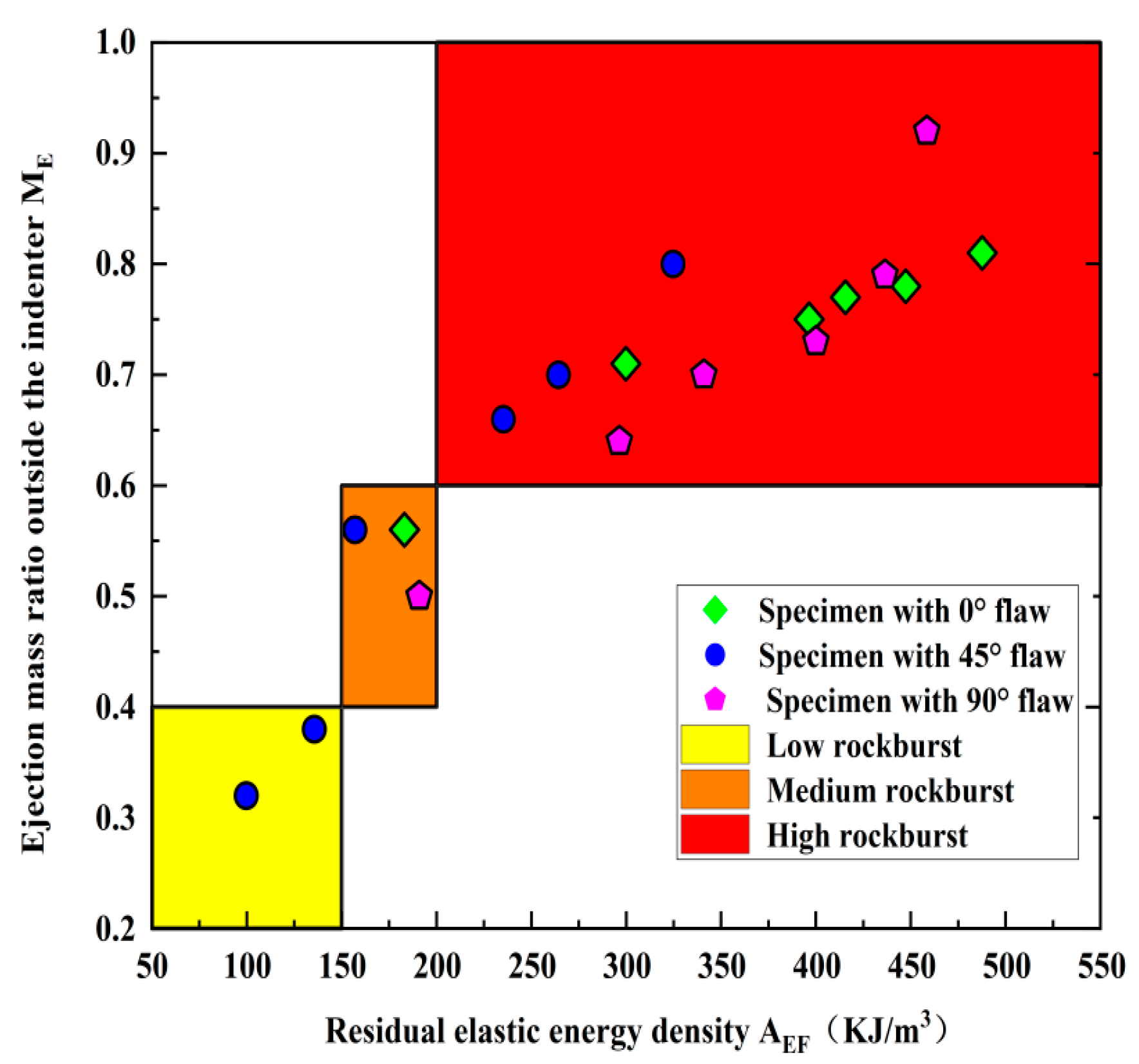
| Loading rate (GPa/s) | 2397.65 | 2562.52 | 2721.75 | 2897.16 | 3029.12 | 3087.13 | |
| Angle(°) | |||||||
| 0 | 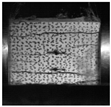 | 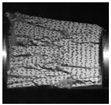 | 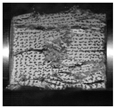 | 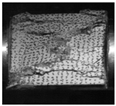 |  |  | |
| Loading rate (GPa/s) | 2211.91 | 2357.97 | 2570.63 | 2718.74 | 2870.12 | 3048.56 | |
| Angle(°) | |||||||
| 45 |  | 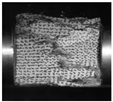 | 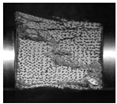 | 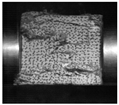 | 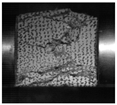 |  | |
| Loading rate (GPa/s) | 2238.73 | 2485.89 | 2685.76 | 2842.03 | 2907.06 | 3001.91 | |
| Angle(°) | |||||||
| 90 | 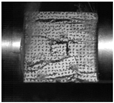 | 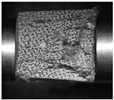 | 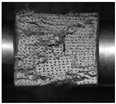 | 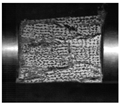 | 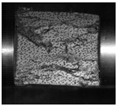 |  | |
| Specimen | Crack Angles (°C) | Loading Rate (GPa/s) | Mean Fragment Size (mm) | Fractal Dimension |
|---|---|---|---|---|
| Flaw0°-D1-1 | 0 | 2397.65 | 30.15 | 1.906 |
| Flaw0°-D2-2 | 0 | 2562.52 | 27.07 | 1.938 |
| Flaw0°-D3-2 | 0 | 2721.75 | 25.40 | 2.001 |
| Flaw0°-D4-3 | 0 | 2897.16 | 24.35 | 2.013 |
| Flaw0°-D5-2 | 0 | 2929.12 | 21.13 | 2.037 |
| Flaw0°-D6-3 | 0 | 3087.13 | 19.61 | 2.101 |
| Flaw45°-D1-1 | 45 | 2311.91 | 26.15 | 1.744 |
| Flaw45°-D2-2 | 45 | 2457.97 | 24.80 | 1.773 |
| Flaw45°-D3-2 | 45 | 2570.63 | 21.85 | 1.793 |
| Flaw45°-D4-3 | 45 | 2718.74 | 21.69 | 1.850 |
| Flaw45°-D5-2 | 45 | 2870.12 | 21.04 | 1.898 |
| Flaw45°-D6-3 | 45 | 3048.56 | 19.13 | 1.937 |
| Flaw90°-D1-1 | 90 | 2238.73 | 29.69 | 1.738 |
| Flaw90°-D2-2 | 90 | 2385.89 | 23.97 | 1.777 |
| Flaw90°-D3-2 | 90 | 2585.76 | 23.68 | 1.968 |
| Flaw90°-D4-3 | 90 | 2642.03 | 22.29 | 1.842 |
| Flaw90°-D5-2 | 90 | 2707.06 | 20.79 | 1.689 |
| Flaw90°-D6-3 | 90 | 2801.91 | 19.76 | 1.591 |
| Specimen | Crack Angle (°) | Loading Rate (GPa/s) | Energy Utilization | Energy Absorption Density (J/m3) |
|---|---|---|---|---|
| Flaw0°-D1-1 | 0 | 2397.65 | 0.42 | 0.95 |
| Flaw0°-D2-2 | 0 | 2562.52 | 0.40 | 1.18 |
| Flaw0°-D3-2 | 0 | 2721.75 | 0.39 | 1.22 |
| Flaw0°-D4-3 | 0 | 2897.16 | 0.36 | 1.28 |
| Flaw0°-D5-2 | 0 | 2929.12 | 0.32 | 1.38 |
| Flaw0°-D6-3 | 0 | 3087.13 | 0.30 | 1.41 |
| Flaw45°-D1-1 | 45 | 2311.91 | 0.36 | 0.60 |
| Flaw45°-D2-2 | 45 | 2457.97 | 0.33 | 0.65 |
| Flaw45°-D3-2 | 45 | 2570.63 | 0.31 | 0.82 |
| Flaw45°-D4-3 | 45 | 2718.74 | 0.29 | 0.87 |
| Flaw45°-D5-2 | 45 | 2870.12 | 0.20 | 0.99 |
| Flaw45°-D6-3 | 45 | 2870.12 | 0.23 | 1.17 |
| Flaw90°-D1-1 | 90 | 2238.73 | 0.39 | 0.78 |
| Flaw90°-D2-2 | 90 | 2385.89 | 0.38 | 0.87 |
| Flaw90°-D3-2 | 90 | 2585.76 | 0.37 | 0.97 |
| Flaw90°-D4-3 | 90 | 2642.03 | 0.35 | 1.08 |
| Flaw90°-D5-2 | 90 | 2707.06 | 0.33 | 1.11 |
| Flaw90°-D6-3 | 90 | 2801.91 | 0.29 | 1.17 |
Publisher’s Note: MDPI stays neutral with regard to jurisdictional claims in published maps and institutional affiliations. |
© 2022 by the authors. Licensee MDPI, Basel, Switzerland. This article is an open access article distributed under the terms and conditions of the Creative Commons Attribution (CC BY) license (https://creativecommons.org/licenses/by/4.0/).
Share and Cite
Zhao, G.; Zhang, L.; Dai, B.; Liu, Y.; Zhang, Z.; Luo, X. Experimental Investigation of Pre-Flawed Rocks under Dynamic Loading: Insights from Fracturing Characteristics and Energy Evolution. Materials 2022, 15, 8920. https://doi.org/10.3390/ma15248920
Zhao G, Zhang L, Dai B, Liu Y, Zhang Z, Luo X. Experimental Investigation of Pre-Flawed Rocks under Dynamic Loading: Insights from Fracturing Characteristics and Energy Evolution. Materials. 2022; 15(24):8920. https://doi.org/10.3390/ma15248920
Chicago/Turabian StyleZhao, Guifeng, Lei Zhang, Bing Dai, Yong Liu, Zhijun Zhang, and Xinyao Luo. 2022. "Experimental Investigation of Pre-Flawed Rocks under Dynamic Loading: Insights from Fracturing Characteristics and Energy Evolution" Materials 15, no. 24: 8920. https://doi.org/10.3390/ma15248920
APA StyleZhao, G., Zhang, L., Dai, B., Liu, Y., Zhang, Z., & Luo, X. (2022). Experimental Investigation of Pre-Flawed Rocks under Dynamic Loading: Insights from Fracturing Characteristics and Energy Evolution. Materials, 15(24), 8920. https://doi.org/10.3390/ma15248920






